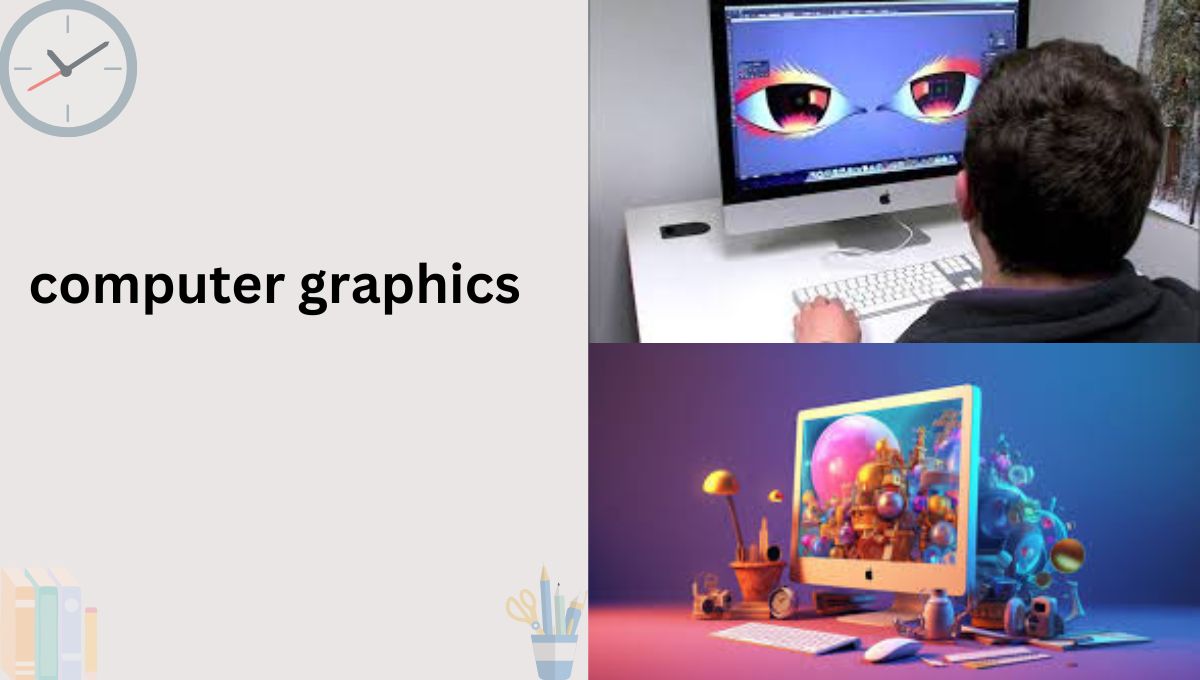Computer graphics is a field of computer science that focuses on creating, manipulating, and displaying visual content using computers. It encompasses a wide range of techniques and technologies used to generate images and animations, both for practical applications and artistic expression. Here’s a comprehensive look at computer graphics.
Definition and Scope
Computer graphics involves the creation of images and animations through computational processes. This field includes various aspects such as 2D and 3D modeling, rendering, image processing, and animation. It plays a crucial role in numerous industries, including entertainment, design, education, and scientific research.
Historical Background
The field of computer graphics has evolved significantly since its inception. Early developments in the 1960s and 1970s laid the foundation for modern graphics technologies. The invention of the Sketchpad system by lvan Sutherland in 1963 marked a significant milestone, allowing users to interact with graphical content directly. The 1980s and 1990s saw the advent of personal computers and development of computer graphics.
Types of Computer Graphics
2D Graphics: Two-dimensional graphics involve creating images with width and height, typically using vector or raster graphics. Common applications include graphic design, typography, and user interface design.
3D Graphics: Three-dimensional graphics add depth to images, allowing for the creation of realistic models and scenes. 3D graphics are widely used in animation, gaming, virtual reality, and simulations.
Interactive Graphics: These graphics respond to user input, enabling interaction with graphical content. Examples include video games, virtual reality environments, and graphical user interfaces (GUIs).
Key Concepts and Techniques
Modeling: The process of creating of creating a mathematical representation of a 3D object. Techniques include polygonal modeling, spline modeling, and procedural modeling.
Rendering: Converting 3D into 2D images. Rendering techniques include ray tracing, rasterization, and radiosity. Each method has its strengths and is chosen based on the desired visual effect and computational efficiency.
Animation: Bringing models to life by creating a sequence of images that simulate movement. Techniques include keyframe animation, motion capture, and procedural animation.
Texture Mapping: Applying textures to 3D models to enhance their visual appearance. This involves mapping 2D images onto the surface of 3D objects.
Lighting and Shading: Simulating light interactions with objects to create realistic images. Techniques include phong shading, Gouraud shading, and global illumination.
Image Processing: Enhancing or manipulating images using techniques like filtering, edge detection, and color correction.
Applications of Computer Graphics
Entertainment: Computer graphics are integral to the film, television, and video game industries. They enable the creation of stunning visual effects, realistic animations, and immersive virtual worlds.
Education: Educational software and virtual labs use computer graphics to create interactive learning experiences and visual aids.
Scientific Research: Scientists and researchers use computer graphics for data visualization, simulations, and modeling complex phenomena.
Medical Imaging: Computer graphics play a crucial role in medical imaging, helping in the visualization of anatomical structures and the planning of surgeries.
Future Trends
The future of graphics is promising, with ongoing advancements in hardware, software, and algorithms. Emerging technologies like real-time ray tracing, artificial intelligence, and virtual reality are set to revolutionize the field. As computational power continues to grow, the line between reality and computer-generated imagery will blur, enabling even more realistic and immersive experiences.







